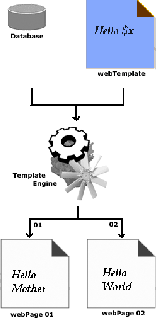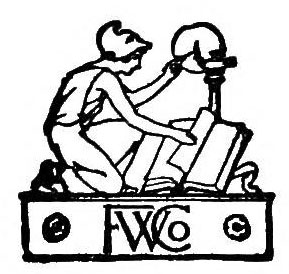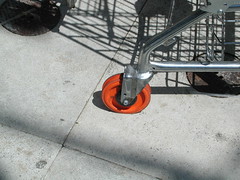This post was inspired by 10 Freelancer Mistakes That Damage Your Success on Men with Pens. It’s not just freelancers who can make costly errors. Sometimes, the freelance hiring mistakes are made by the companies who hire them. And, those mistakes can be costly, in both time and money.
Someone in the comments on the Men with Pens post that a post from the company’s point of view would be useful
So, here are seven common mistakes that companies make when hiring freelancers.
1. Hiring the wrong specialty
If you need a screenwriter, get a screenwriter; if you need a speechwriter get a speechwriter (and so on). Copywriting, for instance is a particular skill, requiring that you know why people buy. There’s been some discussion recently about whether it’s necessary to specialize – but I know that as a copywriter, I haven’t the slightest idea how to write a screenplay.
2. Choosing by price
Price isn’t what matters. Value (and return on investment) is. As a creative, it’s part of your “job” to show them why you’re worth it (think Lamborghini vs. Hyundai).
3. No contract
A handshake is fine for trading bubble gum cards (do they still have those?). If you’re doing business, write down what each party is responsible for. Make it clear what the objectives are, who does what, when they’re supposed to do it, and how much it will cot. This protects both of you.
4. Unclear objectives and budget
Before you hire someone, you need to be able to tell them what you want. “I need copy for a web site” is too vague. You want to say something like, I need a 10 page website to sell our widgets. We want to increase sales by _______. We have a budget of $___________ and a deadline of ________________.
5. No ideal customer
If you don’t know who you want to reach/appeal to, your designer or copywriter won’t be able to doing her job properly. Before you start working with someone (heck, before you start your business at all), you should know that your ideal customer is _________ . Their problems are ____________ and __________. You solve those problems by ________________.
6. Lack of milestones
Most creatives will ask for tiered payments based on milestones. Often this is a payment to start work, a second payment on delivery of draft copy or mock-ups, and a final payment on completion. Set clear deadlines for delivery – and hold up your end too (they can’t start work or move forward without clear instructions).
7. Poor communication
Tell the designer what you want (see point 4). If you’re not sure about something, ask. If something changes (deadlines, personnel, concepts) say so. Respect their time and professionalism – don’t call at all hours.
What mistakes have you seen companies make? What’s the biggest problem you had working with a client?





